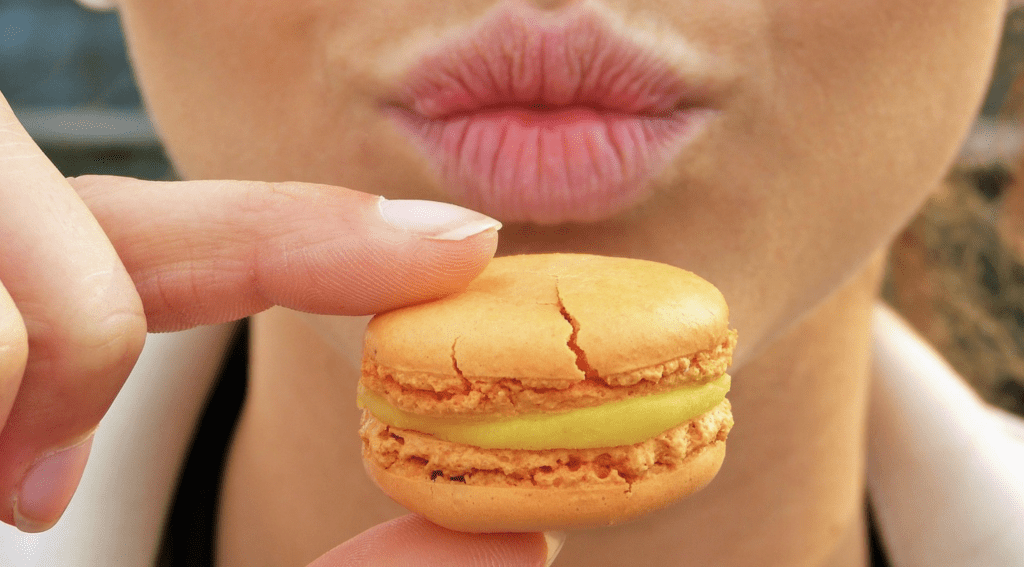Indulging in occasional cravings for ice cream or margaritas is fine, but excessive sugar intake can have negative effects on health and hinder weight loss. The U.S. Food and Drug Administration (FDA) recommends that daily calorie intake from added sugars should not exceed 10%, defining them as sugars added during processing or packaging. This includes syrups, honey, and concentrated fruit or vegetable juices with sugar content exceeding that of 100% fruit or vegetable juice of the same volume.
In comparison to naturally occurring sugars in fruits, vegetables, and dairy, added sugars fall short as they lack essential vitamins and nutrients, along with fiber and protein that slow digestion and provide a more stable energy source.
To boost energy levels and overall health, finding ways to substitute or completely reduce added sugars is a good idea.
Here are 12 simple approaches:
Familiarize Yourself with Various Sugar Aliases:
Start by checking the nutritional labels on your favorite foods and beverages in your pantry. “Sugar can be listed under many names, including high-fructose corn syrup, cane syrup, caramel, beet sugar, glucose, fructose, honey, maltodextrin, sucrose, and more,” explains Dr. Xiao. Some seemingly beneficial foods, like oatmeal or yogurt labeled “high-fiber” or “low-fat,” may use extra sugar for taste. Here’s a quick guide with 44 different nicknames for added sugars.

Investigate Your Intake:
If you want to know how much sugar you’re consuming, tracking your intake using apps like MyFitnessPal is a good method, as recommended by Dr. Caroline Sedgwick, an obesity medicine specialist. After a week, estimate how much high-sugar food you need to cut to stay within daily limits to support your weight loss goals.
Sweeten Breakfast with Fruit and Cinnamon:
Packaged cereals, oats, and yogurts often contain hidden added sugars, and topping them with honey, maple syrup, or other sweeteners can accumulate sugar if not careful. Instead, opt for plain yogurt covered with fresh fruits and nuts. Alternatively, create overnight oats with plenty of cinnamon (which is sugar-free but adds sweetness) and stir in chopped fruits and unsweetened nut butter.
Reduce Sugar When Baking:
Adding sugar moderately to pies enhances the sweetness of fruit fillings and creates an ideal texture. However, in most cases, you can reduce the sugar in your favorite recipes by one-third or even half—smaller amounts still make already sweet fruits delicious but healthier.
Bake with Mashed Bananas:
Overripe brown bananas are rich in natural sugars and essential nutrients like potassium, which helps lower blood pressure and reduce the risk of stroke. Many recipes call for mashed bananas to replace most of the sugar and some added fats, making baked goods more nutritious without compromising texture.
Swap Soda for Flavored Sparkling Water:
Flavored sparkling water is an excellent option to replace sugary sodas, provided you look for those without added syrups or sugars. Try a can of La Croix or experiment with a more elaborate homemade version by mixing plain sparkling water with crushed fruits.

Opt for Slimmer Cups:
For very occasional indulgences, pour juice, sweet tea, or soda into narrow-mouthed small cups to make it seem like you’re consuming more than you actually are, suggests Sedgwick. Reserve large cups for encouraging healthier choices like water, tea, and soda.
Buy Unsweetened Canned Fruit:
Canned fruits, such as peaches and orange slices, often get a bad reputation because they’re usually packed in syrup. However, canned fruits themselves aren’t the issue. In fact, they’re a convenient and economical way to diversify your diet. Just choose fruits canned in water without added sugars.
Avoid High-Sugar Condiments:
While tomato and barbecue sauces are delicious, they often contain significant amounts of added sugars. While some brands now sell condiments sweetened with date syrup or fruit extracts, even these “healthier” versions still contain a substantial amount of sugar without fiber and other nutrients. Instead, try limiting high-sugar condiments by using mustard, oil and vinegar dressing, garlic sauce, or even mayonnaise made with unsaturated fats like olive oil.
Set Limits on Sweets:
If you have some irresistible high-sugar treats like ice cream, cookies, or chocolate that you can’t stop eating once you start, establish specific limits for yourself. For example, enjoy a piece of chocolate every evening after dinner, or reserve major indulgences for special occasions, suggests Dr. Colleen Texeira, a registered dietitian and spokesperson for the American Academy of Nutrition and Dietetics.
Downsize Portions:
“Enjoying treats and drinks in moderation can be incorporated into a healthy weight management plan, but the key is controlling portions,” says Sedgwick. Don’t buy a large box of cookies or a pint of ice cream; instead, opt for single servings of desserts or portion your own servings into individual bags or containers. This way, when you crave more, you have to consciously decide to open two—and when you buy in bulk, consuming large portions becomes easier.
Prioritize Adequate Sleep:
Ensure you get enough sleep every night instead of relying solely on caffeine to stay awake. There’s growing evidence that people who sleep less than the recommended 7-9 hours per night consume more sugary snacks and drinks on average than those who get sufficient sleep. The next time you hesitate between watching another episode on Netflix or going to bed, choose the latter.



+ There are no comments
Add yours